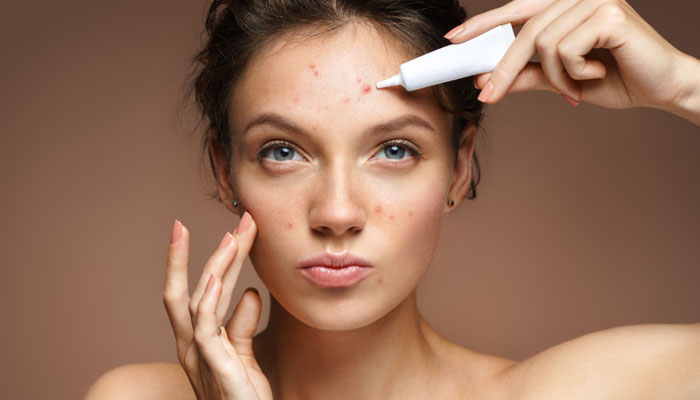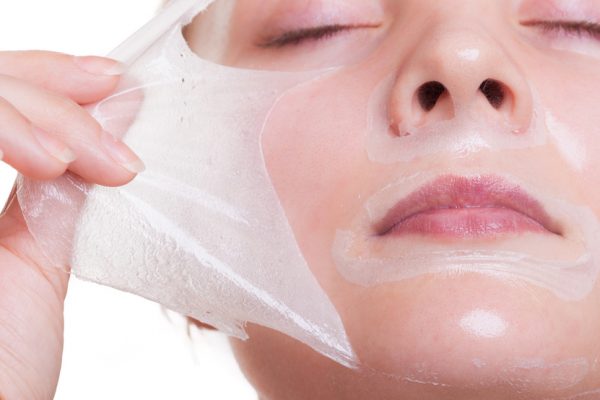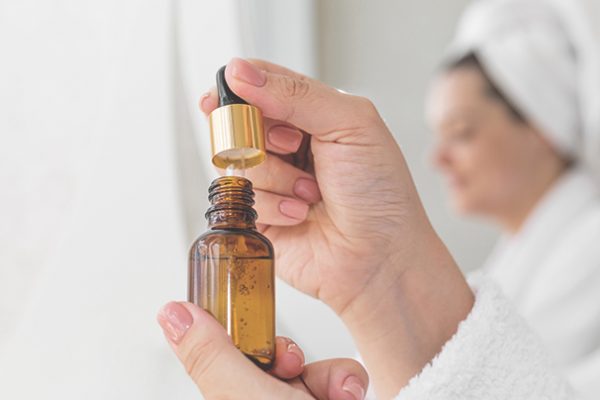One night, while doing your daily skincare routine for your face, you notice that there is a small painful bump under the skin. You ignore it. A couple of days later, the bump comes up to the surface of the skin and turns it into your worst nightmare: it becomes big, red, painful, and pus-filled acne. This is called cystic acne. They are relatively uncommon and are by far the most severe and painful form of acne. The worst part of cystic acne is that it leaves scars! And with that a tediously long treatment of those scars.
Why Does cystic acne develop?
One cannot really point out the specific reason this type of acne occurs. It may be due to a single reason or a combination of many reasons. Let me list out the various reasons for you:
- Bacteria, dirt, dead skin cells, or oil buildup: Maybe you forgot to take off your makeup after a long night of partying sometimes, maybe you became lazy in following your skincare routine! This causes the pores in your skin to become blocked and the bacteria to feed on the debris leading to acne.
- Hormones: Many hormonal changes like puberty, Menopause, Pregnancy or some medical conditions like PCOS (Polycystic ovarian syndrome) can be huge triggers for cystic acne.
- Type of skin: If your skin type is oily, then you might be more at risk of developing acne.
- Stress and other habits: Studies show that stress and habits like smoking and having a high glycemic index diet can also trigger acne.
Tips and treatment for Cystic acne
Cystic acne can be difficult to treat but with the right products and the right skin treatment, it can be treated. Here are some tips and treatments to help you:
- The most important thing to remember is: Never pick on acne! Just don’t do it. It may be tempting and a little itchy. Believe me, I know! I learned it the hard way. Picking on acne leaves deep scars.
- Use a gentle facial cleanser: A cleanser that gently cleanses, moisturizes, and does not strip away your skin’s natural oil is essential when dealing with acne
- Benzoyl peroxide: This is a well-known ingredient in the skincare universe. It works by killing the bacteria involved in causing acne.
- Retinol: Retinol, also known as Vitamin A, is one of the best products for your skin treatment. It is a part of the family called retinoids. It is a common ingredient in many OTC creams and serums. This ingredient has multiple benefits: helps in collagen production, treats acne, and reduces the appearance of your acne scars! They work by unplugging the hair follicles thereby reducing acne and preventing further breakouts.

- Develop your skincare routine to target cystic acne: Use a mild cleanser twice a day to thoroughly cleanse the skin of dirt and dead cells. You can also incorporate a retinol and vitamin c serum combo into your routine. Retinol helps clear bacteria and vitamin C heals the skin quickly.
- Finally, if you want to take any antibiotics, consult your local dermatologist.




